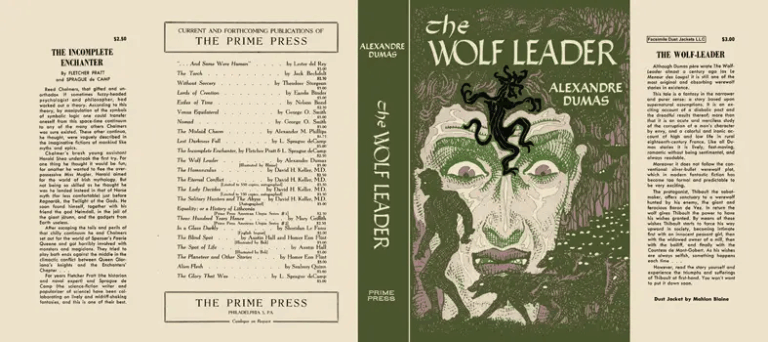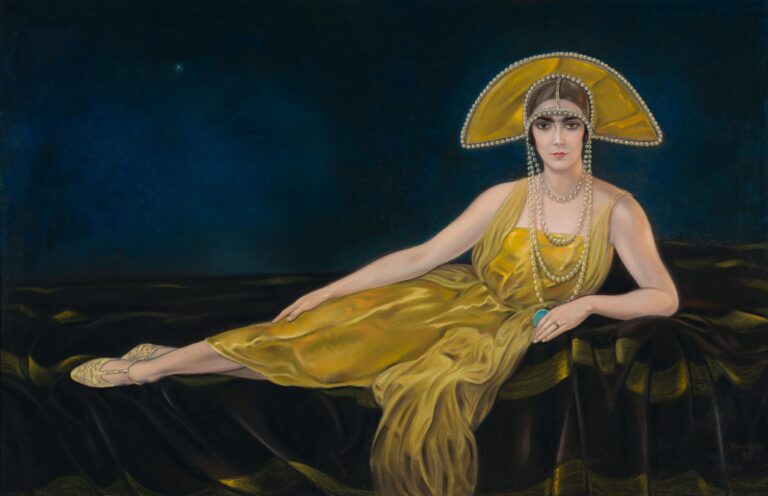Jean Dufaux e Grzegorz Rosinski, Il lamento delle terre perdute vol. 2: Kyle di Klanach (ed. 100% Panini Comics)
Se il primo volume era una lettura tutto sommato godibile, il secondo volume sfiora livelli di inutilità a dir poco leggendaria.
Sioban, erede del lupo bianco, è ormai principessa del regno e attorno a lei si accalca la nobiltà arrivista e meschina, la nobiltà decaduta e in disgrazia, la nobiltà inutile. Alla prima categoria appartengono gli improbabili Gerfaut (depravato e malvagio al di là di ogni dire, come si vedrà) e sua madre, una coppia che riesce a far sembrare famigliola felice la famiglia Hamleigh dei Pilastri della Terra (sì, anche la famiglia Hamleigh della serie) e che scivola in fretta nel grottesco e nella parodia. Alla categoria di mezzo appartiene il tenebroso Kyle di Klanach, appartenente ad una famiglia caduta in disgrazia per non aver voluto sostenere il lupo bianco in battaglia e che rimane solo nel suo castello con la sua fedele serva, a dare la caccia ai malvagi ewoks mutanti nella foresta. All’ultima categoria appartiene il resto dei personaggi. Cosa accade dunque? Nell’antefatto al fumetto, che lasciava persino in diritto di attendersi qualcosa di interessante, una spedizione guidata da Gerfaut scopre la tomba di Brigga, la strega nonna del mago Bedlam che ai suoi tempi aveva sedotto il re, dando origine al lato oscuro della discendenza Sudenne: premio per la scoperta saranno una fiala del suo sangue, potentissimo filtro d’amore, e un oscuro marchio cui non può sfuggire chi decide di iscrivere “il male al cuore dell’amore”. La fiala, versata nel calice di Sioban, la rende completamente succube di Gerfaut, facendole dimenticate l’amore per il bendato Kyle di Klanach che aveva appena riabilitato a corte, e trasformandola in una malvagissima troietta. Talmente malvagia che, oh santo cielo è quasi troppo abietto per ripeterlo, si unisce al suo sposo nel cibarsi dei teneri ouki! Giuro. Seriamente. Alla fine la rivolta è inevitabile: il guerriero del perdono si unisce a Kyle e infine giunge la madre di Sioban, lady O’Mara, a porre fine a cotanta follia. O forse no? L’unico spunto interessante del volume rimane la figura del piccolo fratellastro, frutto dell’unione sacrilega tra lady O’Mara e il negromante nel primo volume, che sembra voler riaffermare il valore della scelta al di là della discendenza e del sangue. Ma nel complesso, fermarsi al primo volume sarebbe stata decisamente un’idea migliore.








No Comments